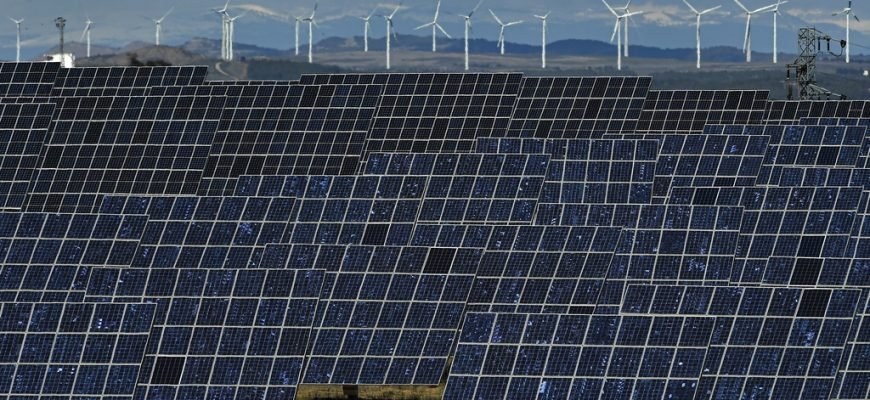To bolster its climate-friendly credentials, Europe is increasingly reliant on an energy source as old as fire itself — dead trees.
While European Union officials refer to it as the more environmentally friendly “biomass” and call it a “renewable resource,” little of it is coming from the continent itself. Much of the forests being razed to heat and cool the continent are in the southeastern United States.
A German green energy entrepreneur, Simon Göss, recently published a report on the future of biomass and biogas as a method of transitioning toward a carbon-free Europe by 2050. Mr. Göss found that as of today, woody biomass makes up a majority of Europe’s “green” energy sector — nearly 60 percent across the continent.
“Most of the time, wind and solar or energy carriers and technologies such as hydrogen or batteries make it to the headlines,” he wrote in his report. “The larger part of the EU’s renewable energy mix is, however, made up of biomass … in different forms (liquid, gaseous, solid) and origins (wood, grasses, agricultural residues by-products, etc).”
In the continent’s largest countries, biomass plants are cropping up in the thousands. In Germany, there are 14,922 plants that burn some form of biomass — a 17.5 percent increase in the last 10 years. The United Kingdom is home to 226 biomass plants nationwide, which is enough to supply the energy needs of more than eight million homes.
The main use of these biomass sources is for heating and cooling — something vital to the lives of everyday Europeans as gas prices reached historic highs this past winter. Nearly 75 percent of the biomass used in Europe is for heating homes in the winter or cooling them in the summer.
The sustainability of woody biomass — most notably trees — has been questioned by climate activists and scientists in recent years as deforestation has increased. Between 2001 and 2021, the world lost 11 percent of its total tree coverage.
Despite these concerns, the European Union and its legislative body, the European parliament, have fully embraced the practice. In September 2022, when gas prices were three times their current rate on the continent, the European parliament voted to adopt the Renewable Energy Directive, which called for more investment in and use of biomass as an energy source. The parliament voted at the same time to strengthen protections for its own forests and implemented new “sustainability guidelines” to maintain tree cover levels.
Instead of razing its own forests to flout its green credentials, Europe is using America’s. Tree farms in the southeast provide tens of millions of tons of biomass to Europe every year, and some residents of the Deep South are starting to balk about it.
According to the U.S. Department of Agriculture, Europe consumed 23 million metric tons of wood pellets in 2021 and was on pace to burn 24 million metric tons in 2022. At the time, most of it came from Russia and the United States. The war in Ukraine and subsequent sanctions against Russia cut off that source, and now the United States provides as much as 99 percent of the wood pellets needed to power Europe annually.
The Southern Environmental Law Center is one group seeking to slow down the expansion of the industry in America. “Along with CO2, manufacturing and burning wood pellets produces harmful pollutants like nitrogen oxides, volatile organic compounds, hazardous air pollutants, and microscopic dust particles that contribute to serious health risks,” the group’s website states.
Millions of tons of trees are extracted from the southeastern United States to feed this green energy sector, and many are issuing warnings about deforestation and the risks associated with it.
“Biomass energy has received growing attention in the United States,” the law group wrote. “We are committed to ensuring American lawmakers don’t make the same mistakes made in other countries, and that policy makers know the threats the biomass industry poses to the climate, local communities, and the South’s air, water, and millions of acres of forest land.”








